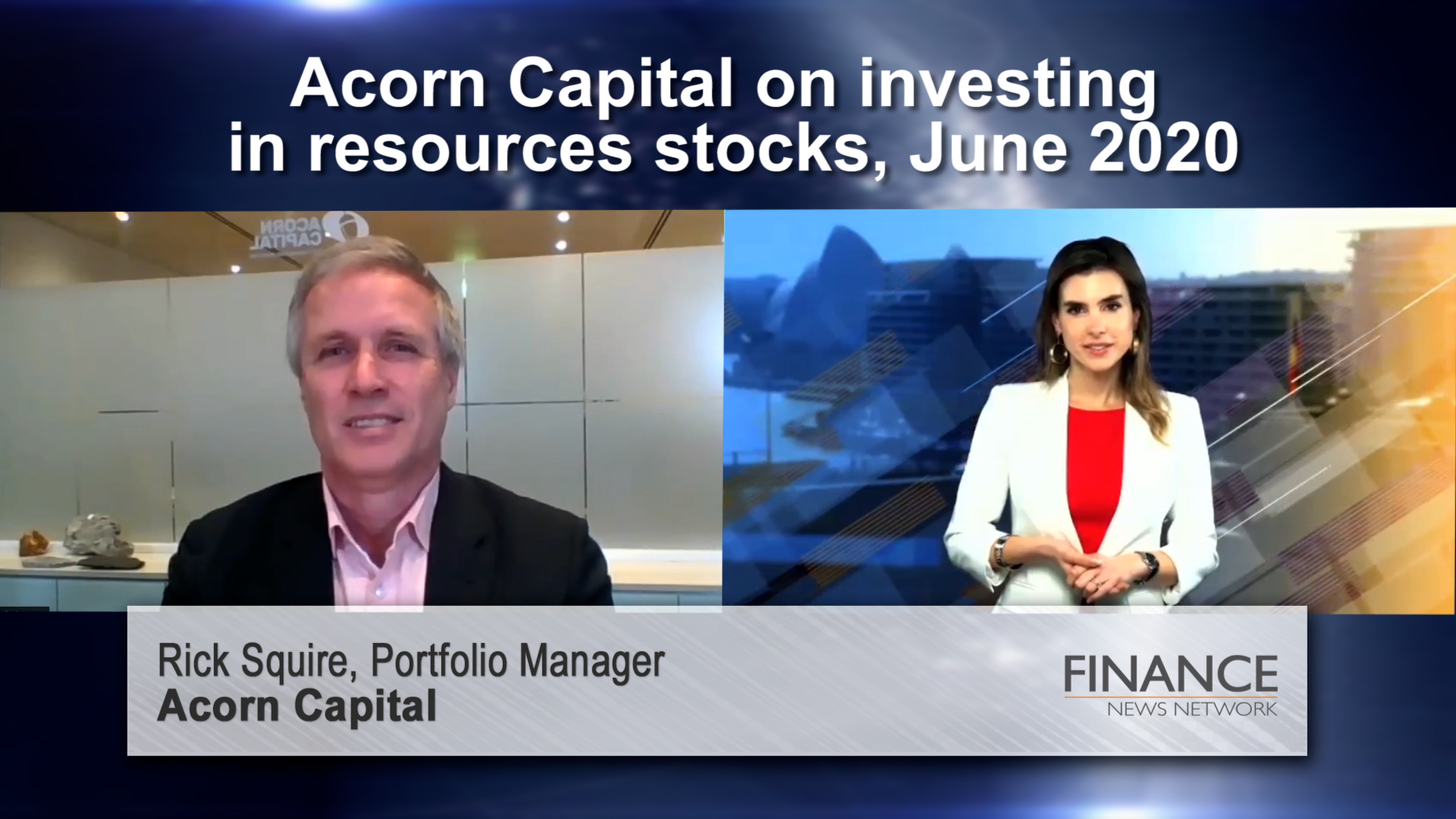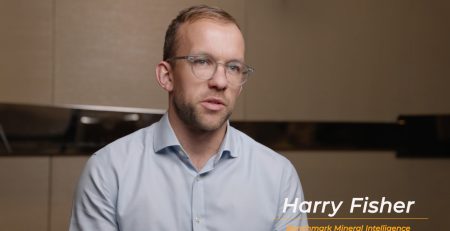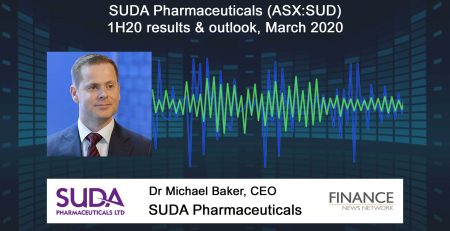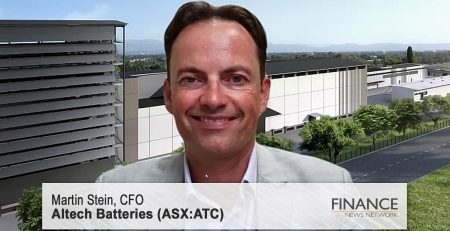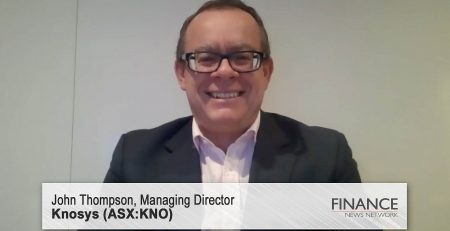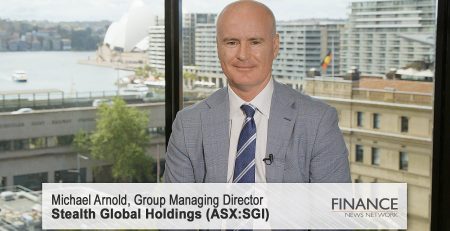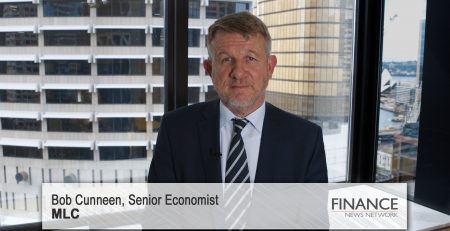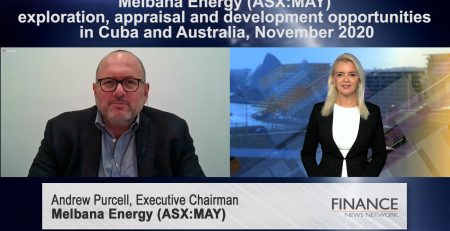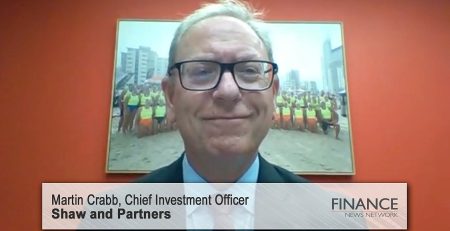Acorn Capital on investing in resources stocks
Acorn Capital, portfolio manager Rick Squire talks about the energy and resource sectors, some of the funds best ideas and outlook for commodities and energy prices as the world emerges from OCIVD-19 lockdown.
Anna Napoli: Hello, Anna Napoli for the Finance News Network. Joining me from Acorn Capital is portfolio manager, Rick Squire. Rick, welcome to FNN.
Rick Squire: Thanks Anna. Pleasure to be here.
Anna Napoli: First up, Rick, could you tell me about Acorn Capital and the investment research capabilities in the resources sector?
Rick Squire: Sure. Acorn Capital is a specialist fund manager for emerging Australian companies, and the resources sector forms part of its DNA. Now, the reason I say that, is the company's founder, Barry Fairley, was formerly a leading Australian resources analyst and mining executive. And it was through that experience that he recognized that the resources sector was one of the most inefficient parts of the market. By capitalizing on that inefficiency, Acorn's resources sector has performed strongly against most of the relevant benchmarks over a range of timeframes. An example of that is that since inception, Acorn's resources portfolio has generated an annualized return of about 11.5% versus 4.8% for the ASX Small Resources Index.
Anna Napoli: And Rick, the resources supercycle generated great prosperity between around 2000 and 2012. Do you see this event repeating itself again soon?
Rick Squire: Yes, certainly the supercycle was a spectacular event, but what investors need to remember is that event was largely driven by the urbanization of China. Now, that event involved the proportion of the Chinese population living in an urban environment, increasing from about 18% in 1980, to nearly 60% today. The resultant construction boom was what drove the supercycle, in particular, the demand for iron ore and coking coal used in steel production.
Now, looking forward, urbanization is expected to continue in China, but the country is now entering a phase more of urban consolidation, rather than the urban growth that drove the boom earlier this century. So the mix of commodities for the next super cycle will be quite different than the past one.
Anna Napoli: So Rick, how do investors get exposure to growth commodities versus those associated with urban consolidation in China?
Rick Squire: That's a good question. And that's one we think a lot about at Acorn. So if you look at the composition of the resources companies comprising the ASX 100, what you see is about 80% of those companies, based on market capitalization, have bulk commodities as their principal source of revenue. So that means if an investor's just looking only in that part of the market, you're getting exposure to the commodities that drove the last super cycle.
In sharp contrast, if you look at the resources companies that occur outside of the ASX 100, but have a market capitalization more than about $10 million, we see a very different mix. What we see is about half of those companies have direct exposure to gold, nearly a quarter have exposure to the EV metals. These are the metals like lithium, nickel, cobalt, and the rare earth elements, which are commonly used for the high-strength magnets in electric vehicles. It also provides direct exposure to copper, and some of the emerging commodities like potash, which is used in high-quality fertilizers.
Anna Napoli: As you mentioned, Rick, gold does make up a large proportion of the resources companies outside the ASX 100. Is there any value left in the sector, given it's run so hard since early April this year?
Rick Squire: Yes. The last two to three months has seen a really strong drive of gold prices. If we just stand back and we look at the fundamentals, they certainly remain strong. Key among that is the Aussie dollar gold price is still up there near all-time highs, and also low oil prices and rising unemployment mean the two key elements of the cost base will also remain low.
On a macro scale, we're seeing governments increasing… They're taking on increasing amounts of debt load to stimulate their economies post COVID-19 and tensions remain, particularly between US and China, and US and Iran.
Anna Napoli: Rick, electric vehicle metals and copper comprise around a quarter of resources companies outside the ASX 100, but didn't those metals have their boom between 2016 and 2018?
Rick Squire: Yep, they certainly did. But again, for investors, it's important to recognize that that boon was driven by demand from China. So China was so far ahead of the rest of the world in terms of their use and manufacturing of electric vehicles, that it was their demand that was driving that mini-boom.
The next boom that we see is the global adaption of these electric vehicles. And this has been mandated by governments around the world. An example of this is that in the UK, that there will be a ban on all new petrol, diesel, and hybrid vehicles from 2040. In fact, that policy comes in in place in London from about 2035.
Anna Napoli: Finally, Rick, what would be the key message you'd like to leave with investors today?
Rick Squire: Resources is certainly very cyclical, but for investors to take full advantage of the next upswing, they need a diversified portfolio that's focused on the key growth commodities.
Anna Napoli: Rick Squire, thank you so much for your insights. We look forward to having you on the network again soon.
Rick Squire: Thank you.
Ends
Copyright 2020 – Finance News Network
Source: Finance News Network

